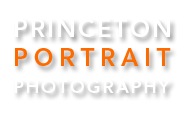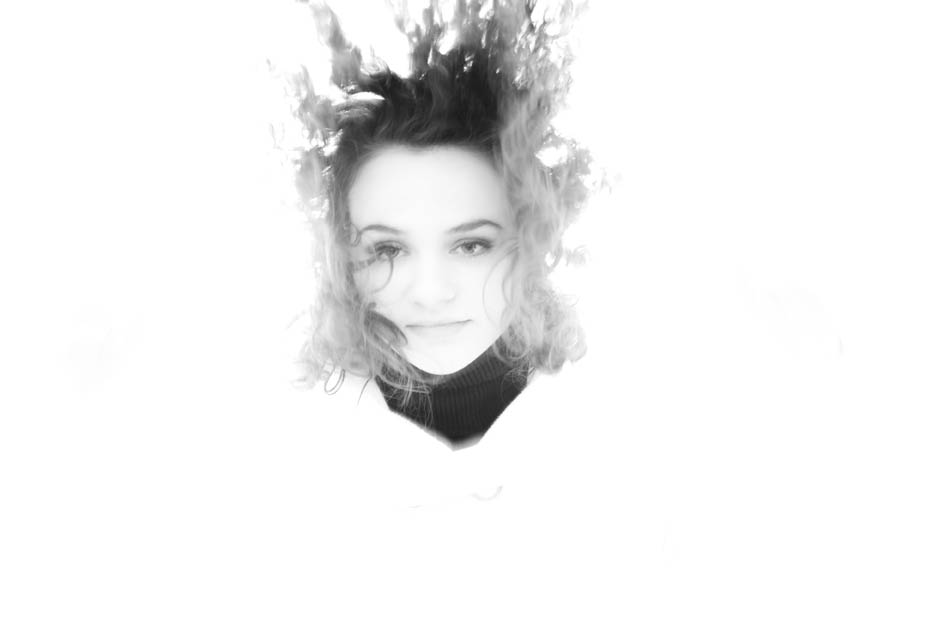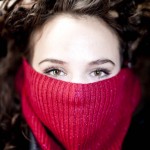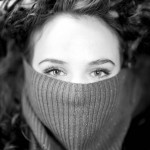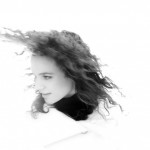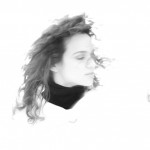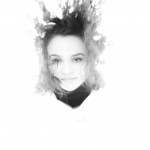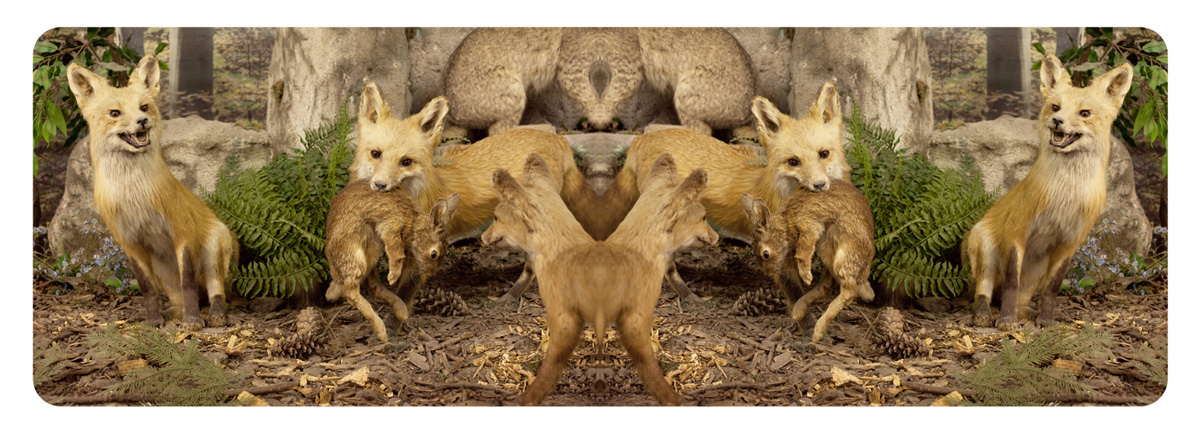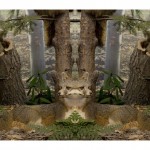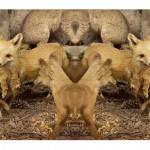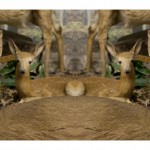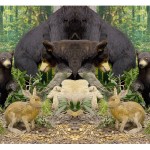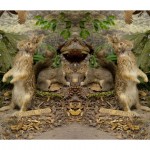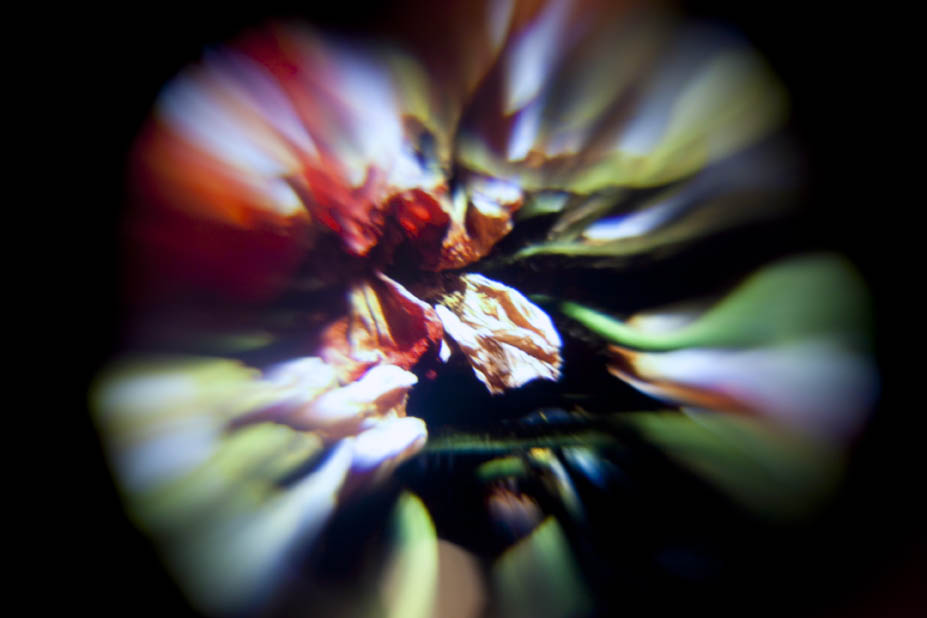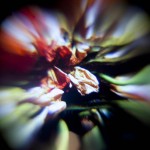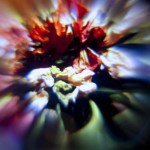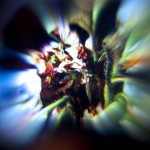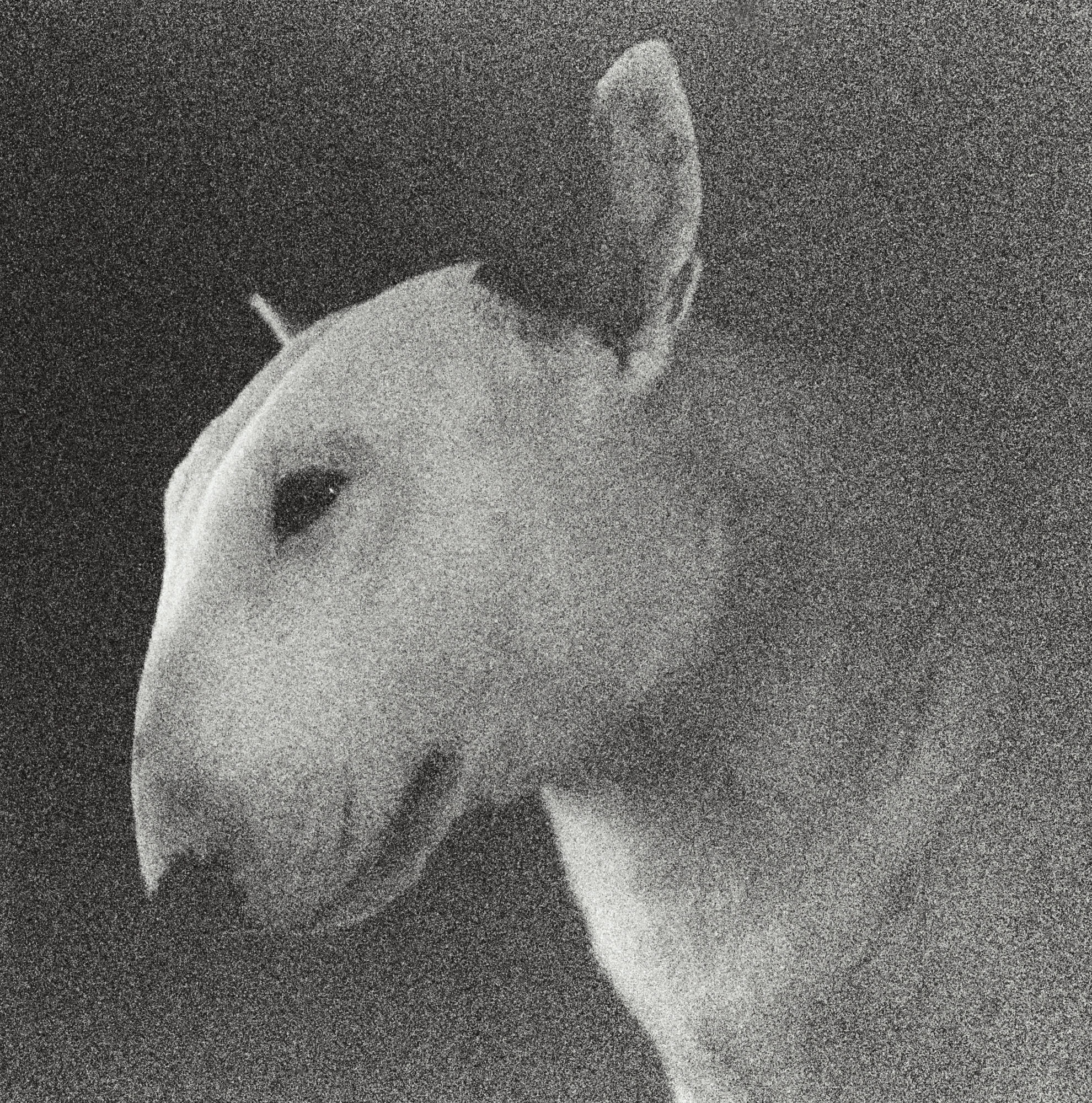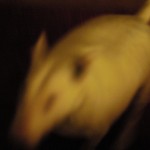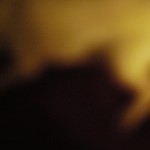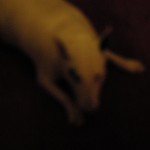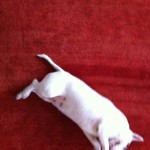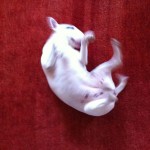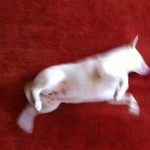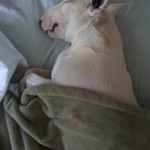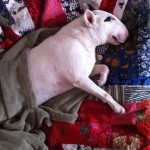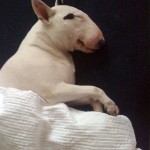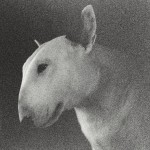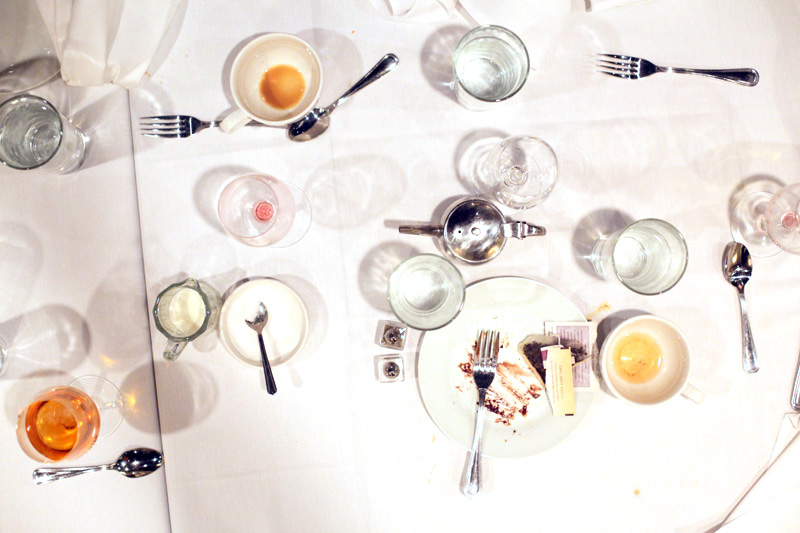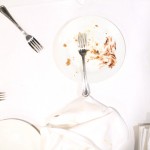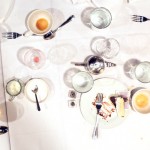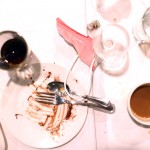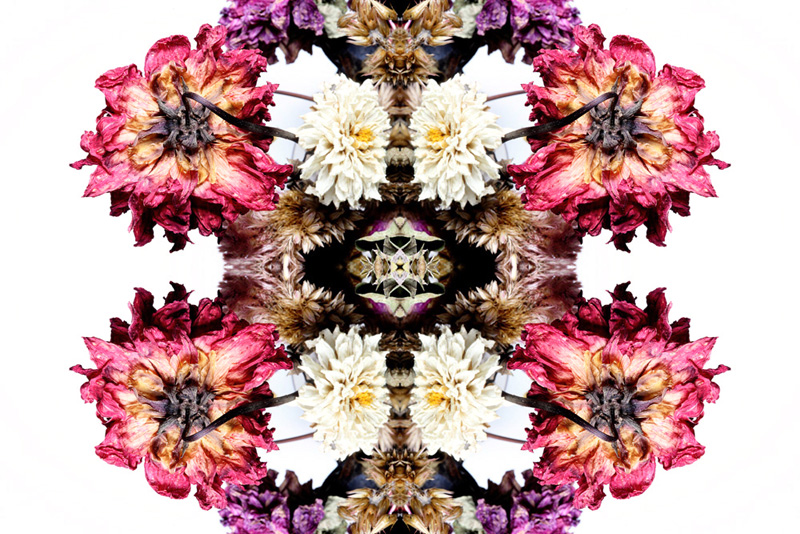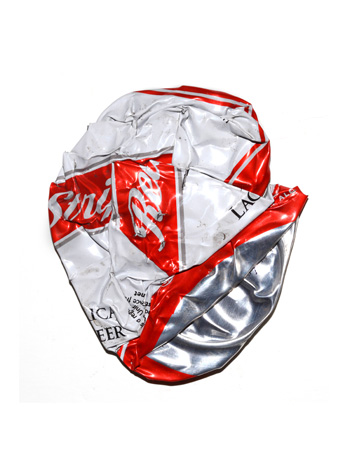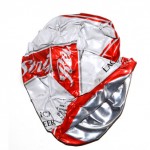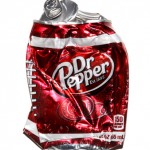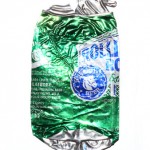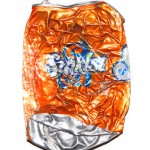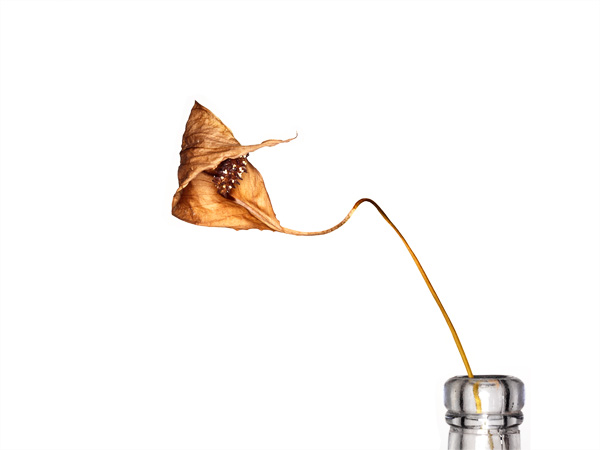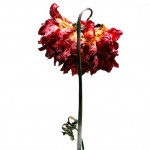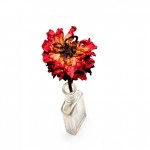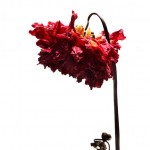24
Despite what you think you know, there’s always room for more. Who said ‘The more I learn the less I know’ – [Socrates, perhaps]. I took a portrait lighting workshop and it was fun as heck studying light. We practiced some ideas in lighting that I’d have never considered. Thanks to Frank V., the instructor for the Lighting Workshop, and the Princeton Digital Photo Workshop.
A few shots in this series were lighting experiments with this hazing effect. We put a strobe behind the models head (on quite high power) and she faced the windows for additional ambient soft fill light. Then, using a slow shutter setting on the camera, the model flipped her hair back and forth and up and down. We think the hazy glow came from the strobe bouncing off the wall (it was very close to the wall), and back into the camera. Quite a romantic effect – without the use of any digital filters. I don’t know that I’d have thought to experiment this way if it wasn’t for the workshop. So this old dog has new trick.
As for the image that is both in black and white and color, I still can’t decide which one I like more – I should probably take a photo editing class next.
16
I spent the weekend with a bunch of strangers that had one thing in common – a passion for photography. Peter’s Valley in Layton, NJ has a weekend retreat for all levels of photographer. The never ending debate about about film vs. digital rearing its ugly face around every dinner table continues. It’s great to see view cameras employed, hear about technical prowess – and participate in conversations about our favorite photographers and learn of ones we didn’t know of.
How many photographers does it take to shoot a barn? Of course everyone sees and works differently no matter the subject. Took me a minute to find my feet in this place and despite the mild isolation I was more interested in the touristic aspects of local natural spectacles. Something about nature providing and being capitalized on.
The one place I visited had a diorama of taxidermy animals – all the things you might see in nature, but stuffed and displayed in one room for your viewing pleasure before you pass through to the natural feature you just paid to see. The staff didn’t seem to mind me work the room. I decided to flip and mirror these images and create a joined stereoscopic image, since the sets are already so fake and lit with overhead flourecsent lights – it’ll never look real no matter what you do – so I decided to the draw the viewer further. Naturally your mind tries to make sense of something that doesn’t.
What happens in the Poconos looks like it stays there.
07
After exploring a rather pedestrian documentation of poppies I decided to take the route of distortion. These images have not been digitally altered. This is most certainly a ‘stumble upon’ discovery – and, has yet to be explored further. This is also the first project in a while where I’m going to be stingy about revealing process. I have worked with this theory before exploring the realms and high-low. Can’t go too much further until I order more poppies.
23
Lux is my Bull Terrier. What a great and loyal pet she is. Early in the mid-19th century the breed was developed to satisfy the needs for vermin control and animal-based blood sports. Since that was idea was swiftly outlawed, the breed fell out of fashion. Only to be reintroduced later as a men’s fashion accessory.
This bit is taken from Wikipedia: The epithet “White Cavalier”, harking back to an age of chivalry, was bestowed on a breed which while never seeking to start a fight was well able to finish one, while socialising well with its “pack”, including children and pups. Hinks himself had always aimed at a “gentleman’s companion” dog rather than a pit-fighter—though Bullies were often entered in the pits, with some success. Today the Bullie is valued as a comical, mischievous, imaginative and intelligent (problem-solving) but stubborn house pet suitable for experienced owners.
09
- Table For Two
- Table Manners
- After Dinner
I work with a lot of restaurants in the area – and as you’d expect, they like to show everything as perfect and possible – neat and tidy. Well that’s not how it is – many restaurants are chaos, a revolving door of transient staff, professional servers between jobs or about to back to school. I was a waiter once – and a bad one at that. Have to admit I didn’t care if the customer was happy or not, all I did was bring a plate from the kitchen – everything else was out of my control.
So these sketches are after the dinner – what was left.
Just a simple still life – that’s created every evening, in every restaurant, in every city.
A reminder of how much I hated being a waiter – with the exception of my shift meal.
20
Kaleidoscope idea with mirroring the image. Nobody does this better than the sculptor and photographer, Rory Mahon. I’ve seen a broad edit of his images many years ago – each image as good as the next. When you get up close to these images, you mind manages to find faces, animal heads – just for starters. There’s definitely a baboon in this one between the yellow center of the white flowers.
12
- Red Stripe
- Dr. Pepper
- Rolling Rock
- Sunkist
Waste and brands has been common fodder among artists for years. The iconography is recognizable on the surface level forging an immediate connection. Brand colors, type and logos are buried deep in our sub-conscious from childhood. Advertisers and marketeers have marked data to identify impressionable years to the point that if a brand is selected by age seven, it is unlikely the consumer will change. Obviously, we can attribute these decisions to our parents and even grand parents until we are at an age to decide.
We see hundreds of brands a day, in full form in super markets, in our homes, on television and in films. It is unusual to see brands in a distorted or demolished state unless the brand has become waste. It is not the culture of brands to be seen in a state of disrepair.
Documenting found objects did not lend much appeal until I saw three flat cans next to each other in a parking lot in Trenton, NJ. I picked them up and brought them home. The cans waited in a photographers’ developing tray for weeks. I decided to take a few prints off them, inking them up and then pressing the paper onto the form. The results seemed somewhat academic even in multiplicity. On a whim, I decided to photograph a few to see how they would translate. I really liked what I saw. It was simple, pop-like and stark. Some of the cans resembled realist paintings rather than photographs, which raised the visual value to me.
Over the next few months I collected flat cans where ever I would see them. Some I would clean, others I’d leave if I liked how the dirt looked – they were easy to come by once I started looking. Finding the cans became the process in this series, as I would have no way of knowing where I might fine one. It would have to happen to be in the same place I was, in and around city or town street sweeping schedules. I never went in search of the flat cans, I only found them on my travels.
Flat can data became evident when collecting in areas with different socio-economic backgrounds. More often than not I’d find inexpensive beer and red bull cans in Trenton, and seltzer or juice cans in Princeton.
There are automatic comparisons to other artists’ with the ‘Flat Cans’ series. The Pop Art pieces by Andy Warhol, most notably the Campbell’s Soup Can (1962), and ‘Camel Cigarette Pack’ by Irving Penn (1975). It is a popular practice to document or re-contexualize what is culturally current and visible in the immediate environment. I am pleased that ‘Flat Cans’ has become an unintended combination of the two.
08
Irving Penn, one of the greatest studio photographers is naturally an influence. He has a series of poppy photographs that are stunning. I’ve always wanted to make my own version – and these first few are what I’d call sketches as I work out the series. I’ve had a collection of antique glass bottles from bottling companies in the area, New Hope PA, Trenton NJ, and Philadelphia PA. Finally finding a way to use them to hold up dry flowers for the shot. My mum periodically buys flowers from a farmer across from where they live – they sit out on an old card table in mason jars. Every now and then when I visit she buys me a flower jar too. It’s my favorite gift.
I think it’s refraction of light that I’m interested in capturing – but, minimal to the overall image.
